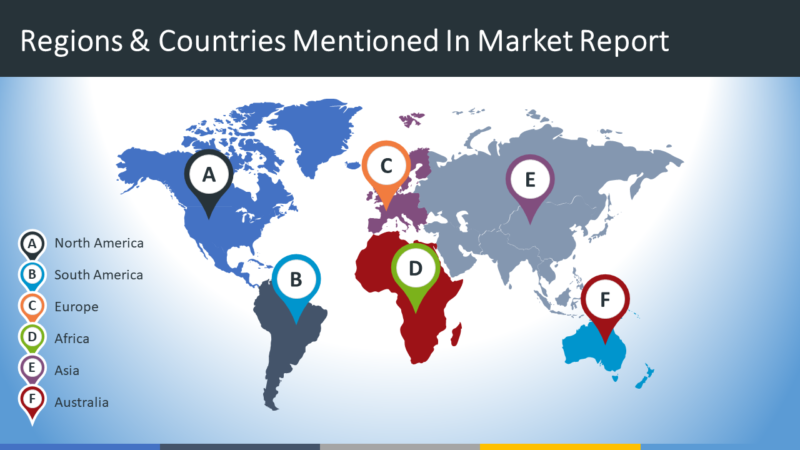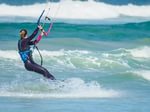
Nick Ruchti kiteboarding on Lake Mille Lacs
​photo by Ryan Taylor
Mike Kratochwill was on a business trip in Hawaii in 2002 when he first saw a kiteboard. Out in the ocean off the island of Oahu, sails billowed, pulling surfers across the water at high speeds on boards. Kratochwill inquired about taking a lesson that same day, but was told it was too windy for beginners. (He now understands why that was wise.)
Two years later, he bought a training kite, soon graduated to a real kite with harness, and spent a summer practicing on Medicine Lake, Norway Lake, and Lake Waconia. Gradually, the sport took up more and more of his time. Later, he visited South Padre Island in Texas, where he spent several more days honing his skills.
“Once I got back home,” he says, “my family could see improvement. Before that, they were chasing me around in the boat, taking photos, and laughing, waiting for me to end up in a tree.”
By 2011, he quit his job and started giving lessons full-time, which have grown into a full-blown business. He now runs the Lakawa (meaning Lakes Area Kiting and Windsurfing Advisory) School of Kiteboarding and Board Shop, complete with a storefront in White Bear Lake.
“I’m not a sailor,” Kratochwill says. “I’m not an extreme-sports kind of guy. But kiteboarding just has tremendous variety. It’s cheap, and it’s the best kind of entertainment if you can get through the learning curve.” Where’s the best place to kiteboard? “We’re in the land of 10,000 lakes,” he says. “We have 10,000 options.”
Get Started
Learn
Take a proper lesson. This will save you years of time and is much safer than trying to figure out the sail yourself.
Tips
Master your steering first. Learn to use the failsafe punch-out system, a button you press in case of emergencies that brings the number of lines connecting you to the kite down to one, to make for an easy stop.
Events
Depending on wind: “The Gathering” on Lake Mille Lacs (mid-July)

A couple of Cabrinha Switchblade kites in action, cabrinhakites.com, starting at $1,299
photo by Boards & More GMBH
Places
Large lakes, best with steady wind and little traffic: White Bear Lake, Lake Minnetonka, Medicine Lake, Lake Waconia, Lake Washington, Lake Okabena, Lake Mille Lacs
Skills
Sailing/aerodynamic knowledge is huge. Snowboarding/skateboarding experience is a plus, as well.
Difficulty
********++
Gear Up for Kiteboarding
Kite
If you use an inflatable kite (versus a “foil”) you’ll also need a pump. Plus, a harness. “You’re leaning against the kite, so your arms take anywhere from 0 to 100 percent of the load,” says Mike Kratochwill of Lakawa School of Kiteboarding. “The majority of the time, your harness is taking 80 percent of the load,” so your arms don’t tire out, “and you’re just sitting or leaning back against the kite.”
Control Bar
With the control bar, you manage the power harnessed by the kite. Kartochwill advises using “fingertip control,” meaning “no death grip; it’s not a pull-up bar.”

Liquid Force Lunar Lander Twin Tip Board, liquidforcekites.com $599
photo by liquid force kites
Board
Beginners can try a twin-tip board, which looks like a wakeboard but flatter. (Never use a wakeboard, as its rocking structure resists going upwind.) A hydrofoil board rides just beneath the water’s surface, whereas a surfboard, skimming the top, lets you feel every wave. Never use a board leash: If you get launched in the air, the board could follow you back down and smack you in the head.
Training
Intro courses start at $100 for instruction statewide. Lakawa School of Kiteboarding (lakawa.com) and Dynamik Kiteboarding (dynamikkiteboarding.com)
Digital Extra: Let’s Go Fly a Kite
Get the POV of a kiteboarder as he crosses Lake Waconia, pulled along on his board by a huge kite, and then discover how to take up the sport yourself.
By Frank Bures





Recent Comments